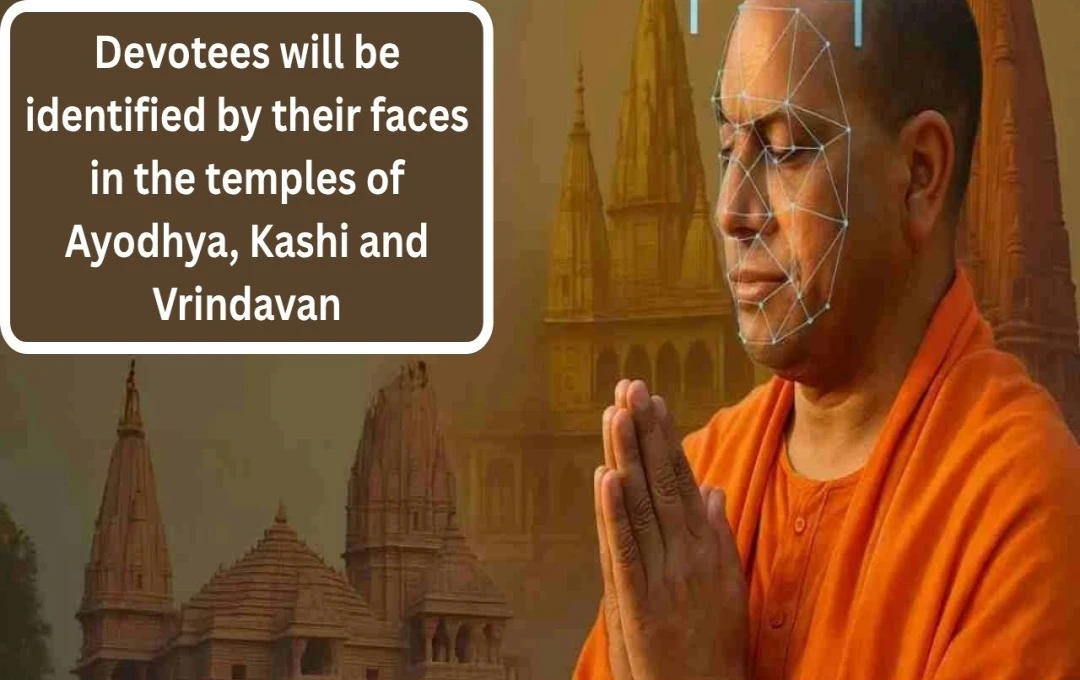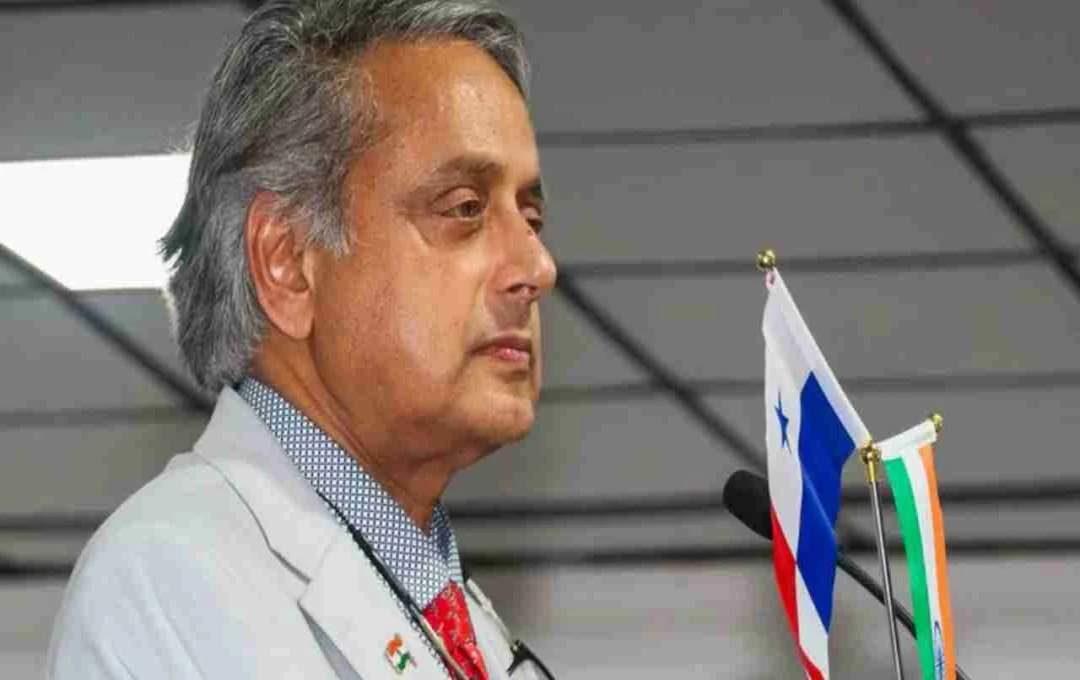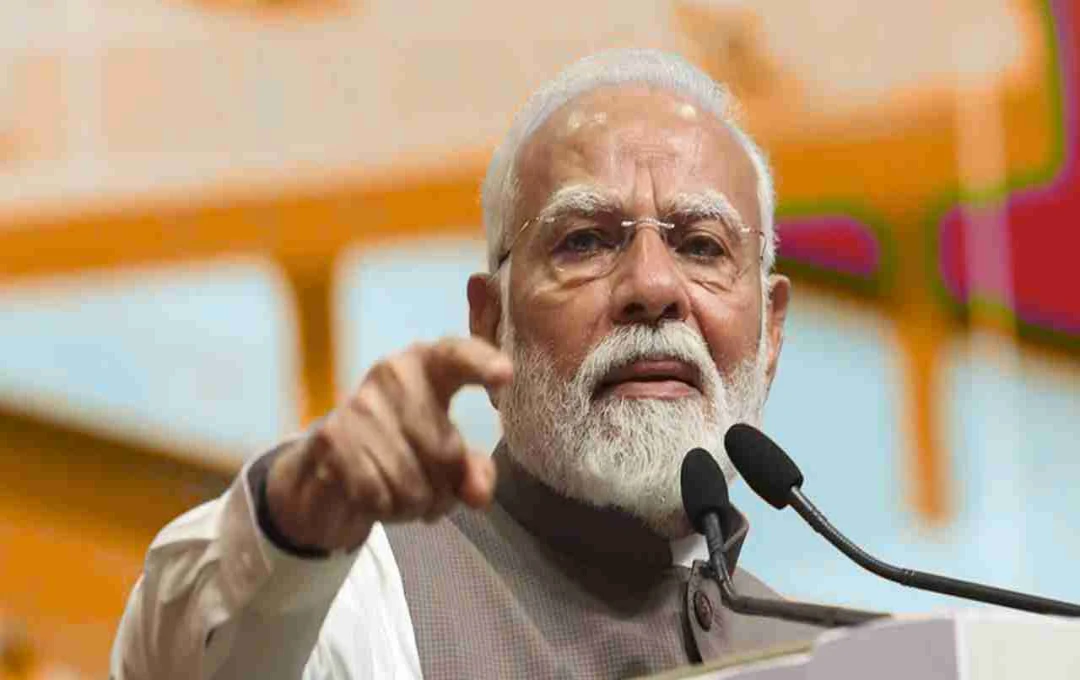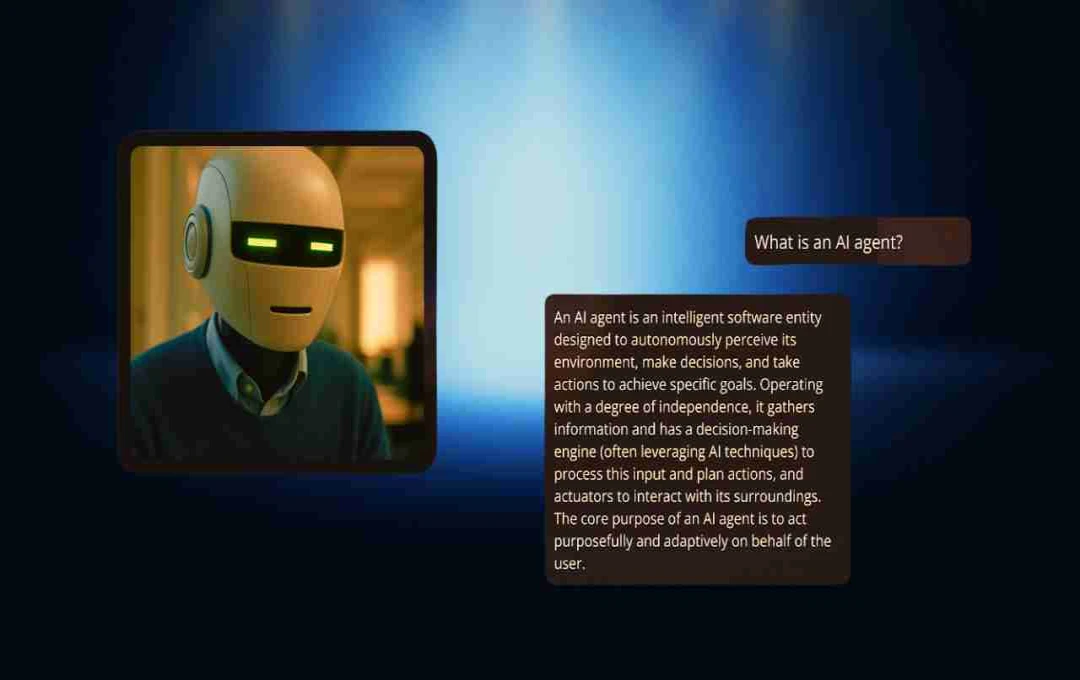Uttar Pradesh is enhancing the security of religious sites with the implementation of a high-tech approach. Major pilgrimage sites such as Ayodhya, Vrindavan, Kashi, and Prayagraj will soon be equipped with a state-of-the-art Face Recognition System.
Lucknow: The Uttar Pradesh government is taking high-tech steps to improve security and crowd management at tourist and religious sites. Following the successful pilot project of a face recognition system at the Alijahanz Hanuman Temple in Lucknow, this advanced technology will now be implemented at prominent religious sites across the state, including Ayodhya, Kashi, Vrindavan, and Prayagraj.
Successful Pilot Project Builds Confidence
A face recognition system was installed on a trial basis at the new Hanuman Temple in Alijahanz, Lucknow. This system has recorded over 6500 unique visitors and achieved approximately 96% accuracy in facial recognition. The technology operates in real-time and is capable of identifying suspicious activities.
Following the success of this system, the Department of Tourism and Culture has decided to implement it at other religious and tourist sites across the state. This will significantly strengthen security measures.
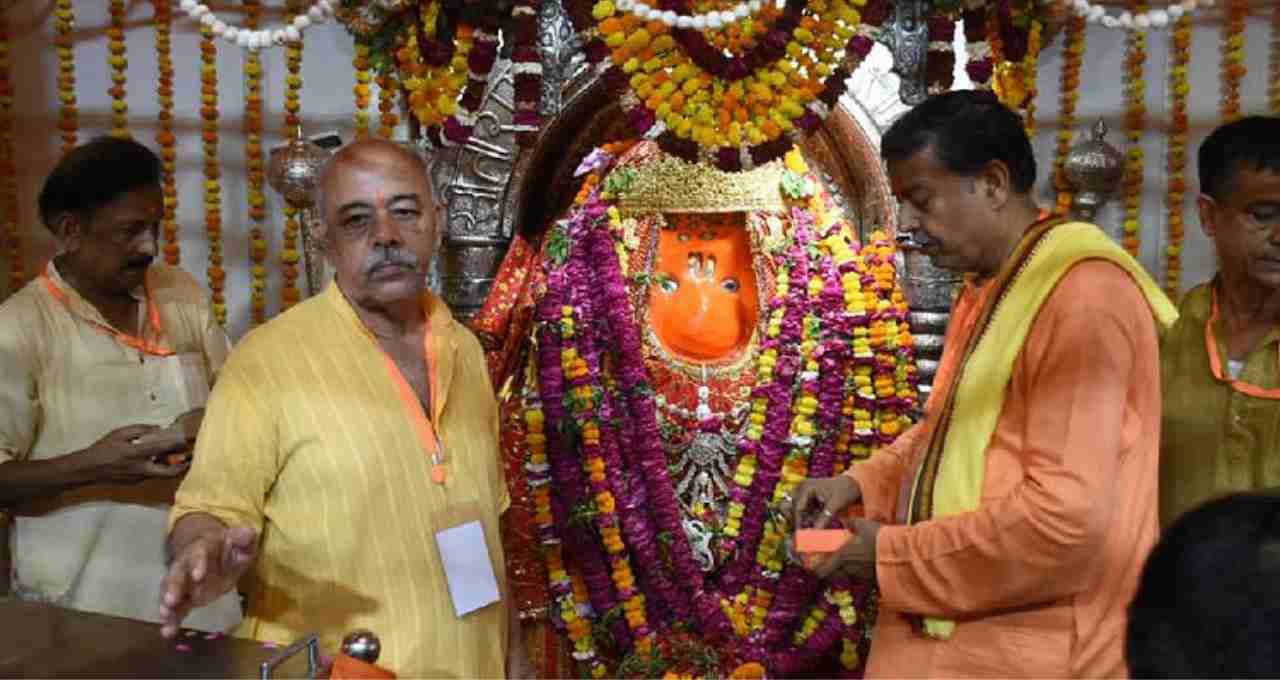
Where Will This System Be Implemented?
Tourism and Culture Minister Jayveer Singh informed that this technology will be installed at prominent locations including the Shri Ram Janmabhoomi Temple and Hanuman Garhi in Ayodhya; the Kashi Vishwanath Temple and Batuk Bhairav Temple in Varanasi; the Bade Hanuman Temple and Alopi Devi Temple in Prayagraj; the Shri Banke Bihari Temple and Prem Mandir in Vrindavan; and Kusum Sarovar in Mathura.
How Will the System Work?
The face recognition system utilizes high-resolution cameras to identify the faces of visitors. The system can analyze crowd patterns, track suspicious activities, and collect information on first-time visitors. This technology will assist security personnel in identifying individuals engaged in any inappropriate activity or those who have been previously blacklisted.
Furthermore, the system will help determine the number of first-time visitors to a particular site, aiding in future planning.
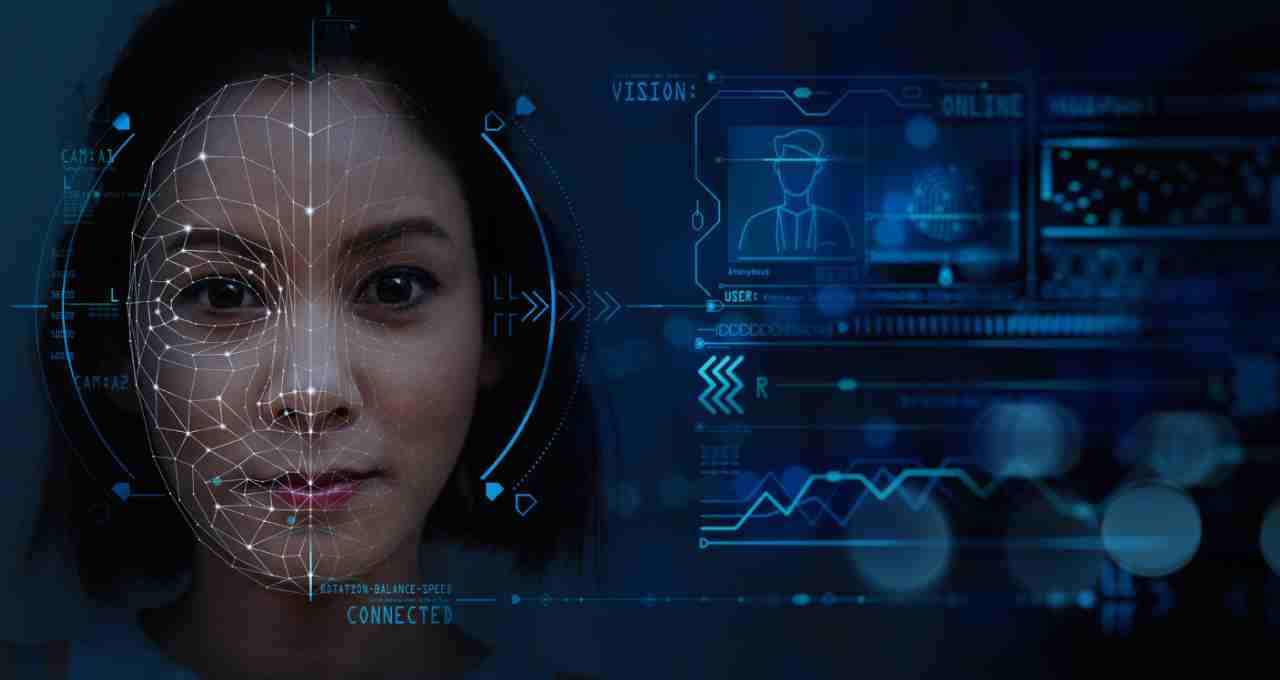
Strengthening the Database
The Tourism Department is collaborating with the Unique Identification Authority of India (UIDAI) to create a comprehensive and robust database. This database will help differentiate between local residents, frequent devotees, and first-time tourists.
High-definition cameras will be installed at all major entry and exit points of temple complexes to monitor the movement of every individual. This system will not only strengthen security but also aid in tourism analysis. This data will help understand tourism trends, improve systems, and make the tourist experience safer and smoother.
